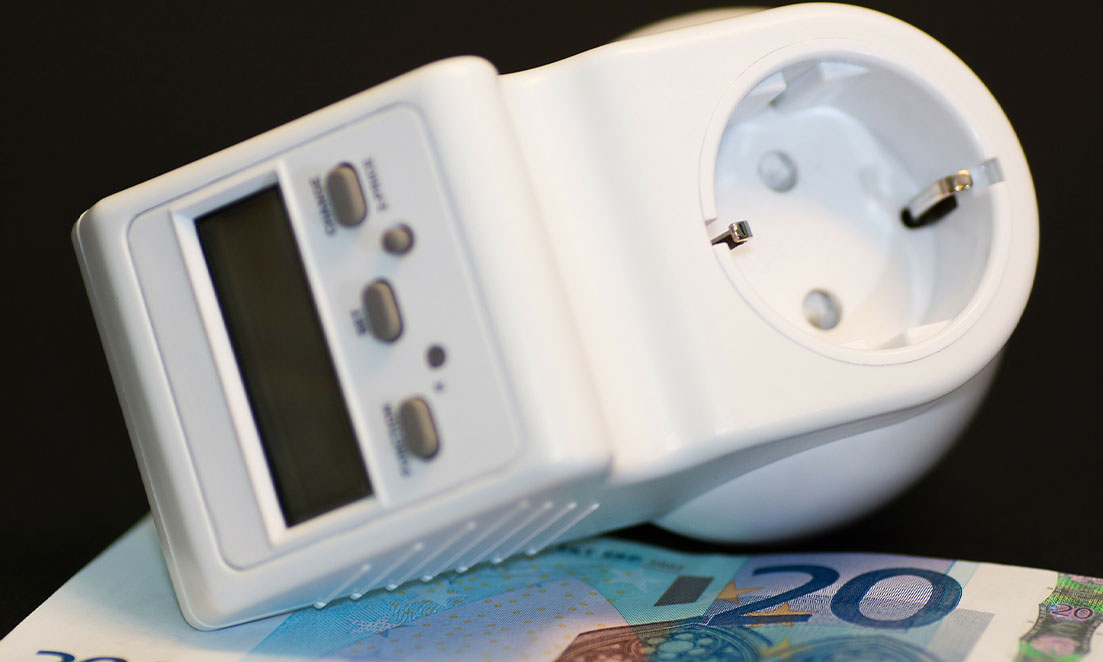What is a Standing Charge?
The standing charge is the amount that businesses pay each month to their utility suppliers for the cost to physically supply electricity and gas to their establishments. In general, it is the cost that businesses have to pay to stay connected to the energy network.
Basically, the standing charge is a fixed fee paid to suppliers. Its concept is similar to telephone costs wherein the cost will be listed on the monthly bill as a flat rate. Each supplier sets its own standing charge rate which typically ranges from anywhere between 5p to 60p / day for electricity, and 10p to 80p / day for gas.
The standing charge covers the cost that suppliers incur in keeping businesses and homes connected to the energy network, which includes:
- Supplying electricity and gas into the home or business establishment
- Ensuring that the home or business remains connected to the energy network
- Reading the gas and electricity meters
A fraction of the standing charge will go towards government initiatives that are designed to provide assistance to vulnerable households and to reduce carbon dioxide (CO2) emissions.
How Do Standing Charges Work?
How much you pay will ultimately depend on the energy contract that you avail with your supplier. The price for the unit rate and standing charge is different in fixed and variable contracts.
Standing Charge for Fixed Contracts
When you enter into a fixed contract or fixed-rate tariff, your supplier will impose a standard price for both the standing charge, usually in ‘pence per day’ or ‘pounds per month’.
The price will remain constant for a predetermined period (usually twelve to eighteen months). Fixed-rate tariffs are preferred by businesses that want to know exactly how much they will have to pay at the end of their contract. Its main advantage is that it protects you when electricity and gas prices shoot up, however, if the prices fall, you will end up paying more.

Standing Charge Variable Contracts
Variable contracts or flexible contracts do not impose a flat amount for the standing charge. This is because business electricity prices fluctuate based on the market price for gas and electricity.
Because rates change periodically, you can save money when the price goes down. The downside is that your business will have to do a lot of guesswork. Although prices are predictable to some extent, it may be challenging to budget as you will have to estimate your monthly energy consumption. The plus side, however, is that variable contracts do not impose exit fees. This means that you can withdraw from the energy contract at any time.
Variable contracts or flexible contracts do not impose a flat amount for the standing charge. This is because business utility prices fluctuate based on the market prices for gas and electricity.
Because rates change periodically, you can save money when the price goes down. The downside is that your business will have to do a lot of guesswork. Although prices are predictable to some extent, it may be challenging to budget as you will have to estimate your monthly energy consumption. The plus side, however, is that variable contracts do not impose exit fees. This means that you can withdraw from the energy contract at any time.
What is a ‘No Standing Charge’ Tariff?
If you examine your monthly energy bill, you will notice that your business is being charged for two things: energy usage and the standing charge. The daily standing charge is listed on your bill as the ‘daily unit rate’.
The daily standing charge is a pre-determined amount that is charged every day, regardless of whether or not you used electricity during the billing period. However, there are ‘no standing charge tariffs’ or ‘zero standing charge tariffs’ available for businesses that have properties that are uninhabited for most of the year.
If your business is seasonal (e.g. you own an outdoor adventure business that operates only in the summer), or if you frequently take weekends and holidays off, you may want to consider getting a no-standing charge tariff for gas and electricity. This prevents you from paying when you are not even using them.

What Are the Pros of a No Standing Charge Tariff?
Businesses can benefit from a zero standing charge tariff because it lets them pay only for the energy that they actually use. This means that if you aren’t using electricity or gas, you will not have to pay a penny. In comparison, with a standing charge, you would have to pay daily for electricity and gas — even during times when you aren’t using them on your property. Keep in mind, however, that the unit rate is often higher and it may reduce after a certain amount of gas and electricity has been consumed.
What Are the Cons of a No Standing Charge Tariff?
The main disadvantage is that you may end up paying more each month. This is because this type of tariff applies a much higher unit rate for electricity and gas. Hence, a zero standing charge tariff may not be the best alternative for businesses with medium-to-high energy use. The number of energy suppliers without standing charge is very low. So, You will also find yourself with a limited choice of suppliers.
Which Suppliers Offer Zero Standing Charge Tariffs?
A few suppliers in the UK offer zero standing charge tariffs, including Ebico, Eon, Utilita, and npower. Remember to compare utility prices for both the standing charge and unit rate to ensure that you’re getting the most cost-efficient deal for your business.
Does the Zero Standing Charge Tariff Work with Prepayment Meters?
You can still take advantage of a no standing charge tariff even if you have a prepayment meter. Prepayment energy tariffs are arrangements wherein you top up your meter with credit.

Without a standing charge tariff in place, the amount that is topped up will be used to pay the standing charges that you owe. If your meter does not have any credit, the charges will be paid the next time that you top up.
The standing charge for businesses with a prepayment meter is around 28p, but it largely depends on your supplier and location.
Should You Make the Switch to a No Standing Charge Supplier?
A no standing charge tariff allows you to save money on daily charges, however, with high unit prices, you may still end up paying more especially if you regularly use heavy equipment and heating.
Ultimately, it depends on your unique circumstances. If your business uses massive amounts of energy, it would make sense to choose a supplier with lower unit prices. On the other hand, if your property is often unoccupied for long periods, getting a zero standing charge tariff may be worth it.
To make your decision easier, get in touch with watt.co.uk. Contact us today so that our experts can help you make informed decisions for your business.